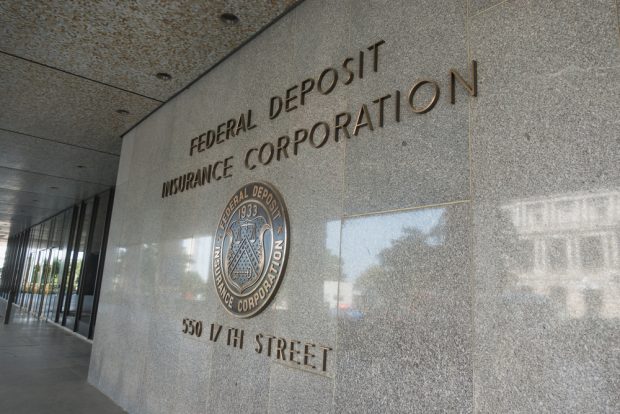WASHINGTON-It is that time of year again for hearts and flowers and the Federal Reserve Board's monetary policy report. Fed Chairman Alan Greenspan provided the Fed's semiannual Monetary Policy report to the House Financial Services and Senate Banking committees last week on Capitol Hill. The report discussed the residual affects of September 11 and the stock market decline over the last two years. "Despite these adversities, the nation's economy emerged from its downturn in 2001 to post moderate economic growth last year," the report read. This was accomplished through appropriate management of monetary and fiscal policies and bolstered by increased productivity and household income and suppressed business costs. The economic outlook for 2003 is uncertain, according to the report, but Fed policymakers are predicting a pickup of economic expansion of 3 to 3-3/4% from fourth quarter 2002 to fourth quarter 2003. Additionally, unemployment is expected to remain around 6% for 2003. Household debt continued to increase rapidly, reaching a 9-1/4% increase for 2002, the largest since 1989. Low mortgage rates helped to increase mortgage debt by 11-1/2%, between purchases and refinancings, the report found. As part of the House Financial Services and Senate Banking committees' oversight role, members have the opportunity to question the Fed chairman on monetary policy twice a year in conjunction with the report.
© Touchpoint Markets, All Rights Reserved. Request academic re-use from www.copyright.com. All other uses, submit a request to [email protected]. For more inforrmation visit Asset & Logo Licensing.






